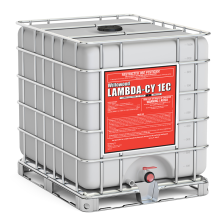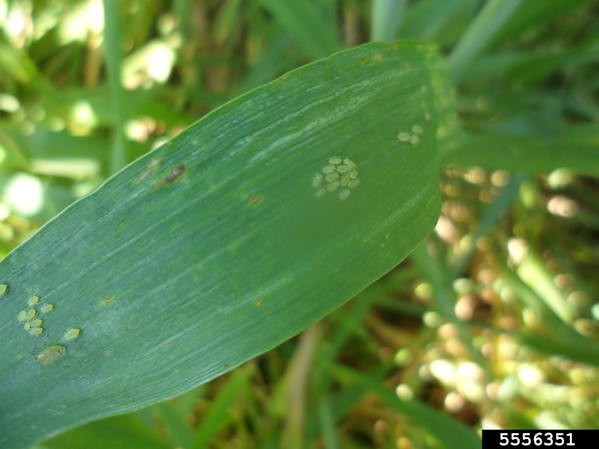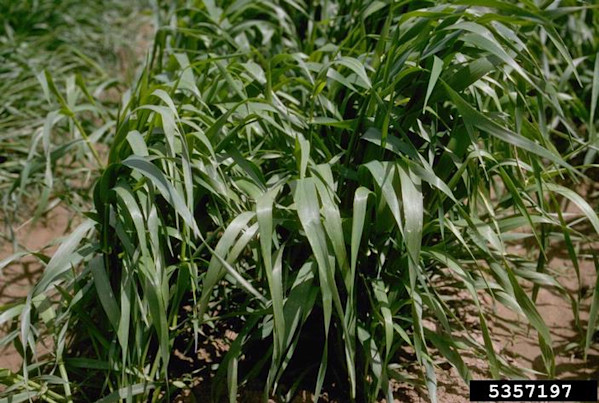Ladybugs and lacewings, which are natural predators of aphids, can help keep their populations in check. Seeing these two insects in a wheat field often indicates that the ecosystem is in balance and crops are being protected naturally.
By encouraging the presence of these natural enemies through habitat diversification strategies, such as planting flowering plants and providing shelter, farmers can enhance their population and reduce the need for chemical interventions.
As well, a delayed planting date can help reduce aphid populations, reducing the risk for barley yellow dwarf virus development.
Resistant wheat varieties exist for the Russian wheat aphid. Seed treatments with thiamethoxam or imidacloprid active ingredients can help reduce early aphid infestations, although they may not be effective through the fall season. Because the seed treatment insecticides are systemic and present in the plant tissue, they are reported to reduce the incidence of barley yellow dwarf virus by removing aphid populations.
In some cases, more aggressive chemical solutions are necessary. Remember to closely monitor aphid numbers using visual inspections, sticky traps, or suction samplers, and take action only when their population exceeds established threshold levels.
Insecticides containing active ingredients such as pyrethroids, neonicotinoids, or organophosphates have been proven effective against aphids. These insecticides either directly kill aphids or disrupt their feeding and reproductive abilities.
Apply Willowood Lambda-Cy 1EC* at a rate of 2.56-3.84 fl oz/A for control of bird cherry-oat aphids, English grain aphids, and Russian wheat aphids before insects begin to roll leaves. Once the crop has started to boot, Willowood Lambda-Cy 1EC may provide suppression only. Higher rates and increased coverage will be necessary. Lambda-Cy 1EC provides suppression of corn leaf aphids in wheat. Do not apply Willowood Lambda-Cy 1EC within 30 days of harvest.
Keep in mind that aphids have the ability to develop resistance to insecticides over time, reducing their effectiveness. To combat this issue, rotate between different chemical groups with different modes of action to prevent aphids from adapting and developing resistance.
(Image Credit: Howard F. Schwartz, Colorado State University, Bugwood.org)



